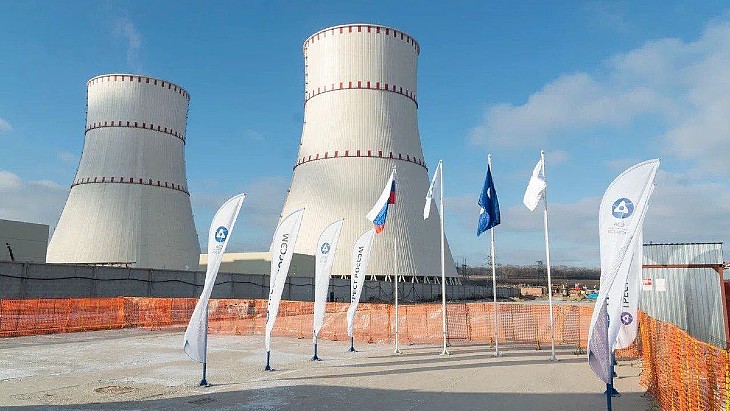A protocol has been signed that would see Holtec International provide long-term storage facilities for used nuclear fuel from the three undamaged nuclear power units at Chernobyl.
A total of 21,000 used nuclear fuel assemblies are to be stored at the eventual facility, dubbed SNF SF-2, which would be the biggest dry store in the world.
A document signed by Holtec and the Chernobyl company authorized it to draft an activity schedule, a quality assurance plan and to hire personnel in Ukraine. The first phase of the project proper would involve 100 weeks of engineering, licensing and prototype testing and would cost over Eur30 million ($41 million). The second phase - supply of capital equipment, construction and commissioning - would cost around Eur170 million ($234 million) and last 160 weeks.
International funding for the project is managed by the European Bank for Reconstruction and Development, which must still sign off the deal. Approval is also required from the Ukrinvestekspertiza section of the Construction, Architecture and Municipal Economy Ministry and the Ukrainian cabinet.
While stabilisation work takes place at the destroyed unit 4, used nuclear fuel from Chernobyl 1, 2 and 3 has been progressively removed from plant cooling ponds and the reactor cores as part of an overall decommissioning program. Defuelling of unit 1 was completed in November 2005, while unit 3's defuelling was scheduled for completion in late June. Because the units share building structures, the decommissioning of units 1, 2 and 3 cannot progress significantly until they are all defuelled.
The fuel assemblies that have been removed are currently stored in deep water cooling ponds and associated buffer stores, at SNF SF-1, but these do not have the required capacity and are not suitable for long-term storage.
SNF SF-2 is therefore a crucial step in the overall plan for the site, but the project has been troubled. Initially, France's Framatome (now Areva) was contracted to design and build SNF SF-2, but Ukrainian safety authorities found it was technically impossible to grant an operating licence for the facility. Areva's engineering solutions were not attractive to the Chernobyl company and the contract was amicably terminated in April this year.
Further information
Chernobyl NPP
Holtec International
WNA's Chernobyl Accident information paper
WNN: Decommissioning at Chernobyl
Dry storage progress at Chernobyl
Aprotocol has been signed that would see Holtec International providelong-term storage facilities for used nuclear fuel from the threeundamaged nuclear power units at Chernobyl.




_30199.jpg)
_72306.jpg)

_49562.jpg)





